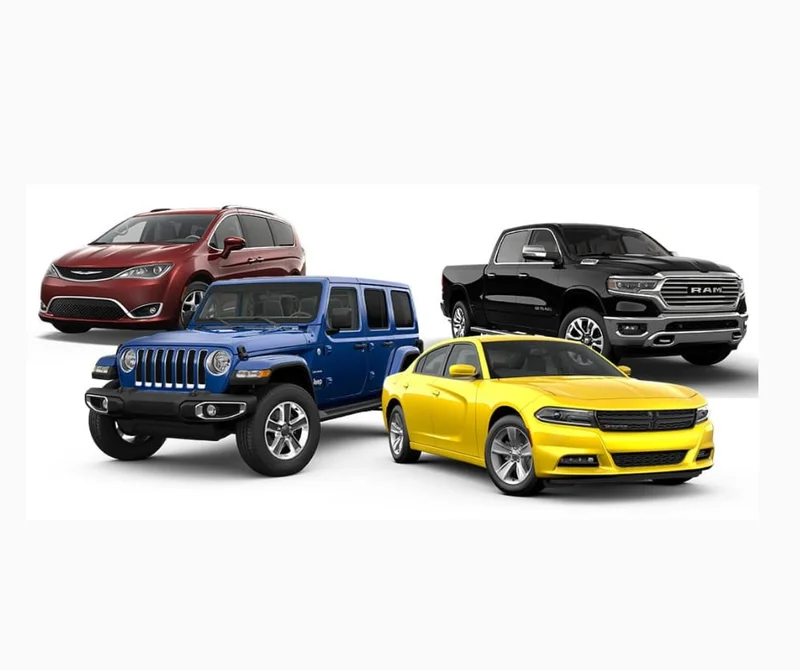Article Directory
Okay, so hear me out. Everyone's looking at Carvana's recent moves – snapping up Chrysler-Dodge-Jeep-Ram dealerships in Arizona and Texas – and scratching their heads. Is this some kind of desperate grab for survival? A last-ditch effort to stay afloat after the used-car bubble burst? Maybe. But what if it's something more? What if it's a sign of a company finally figuring out how to bridge the digital and physical worlds in a way that actually works?
The naysayers are already out in force, and I get it. Carvana's had its share of stumbles. Remember the paperwork fiascos? The license suspensions? But think about it: those were growing pains. Growing pains of a company trying to disrupt a massive industry. And disruption, my friends, is never pretty. It's messy, it's chaotic, and it's full of unexpected potholes.
Now, Carvana's dipping its toes into the new-car market, specifically with Chrysler-Dodge-Jeep-Ram. And sure, Automotive News might say these dealerships are "available," implying they're somehow undesirable. But I see opportunity. Stellantis, with its iconic American brands, has a loyal following. And Carvana, with its tech-first approach, can tap into a whole new generation of buyers who are used to doing everything online.
The Hybrid Future of Car Sales
This isn't just about selling cars; it's about creating an experience. Imagine: you browse Carvana's online inventory, check out 360-degree views of a brand new Dodge Challenger, configure your dream model, and then… boom, you can pick it up at a local dealership. Or have it delivered, Carvana-style, right to your driveway. Best of both worlds, right?

And it’s not just Carvana that’s seeing the value of this hybrid approach. Look at how Nino Sita, general manager at Lindsay Dodge Chrysler Jeep Ram, has transformed his Virginia dealership into a CPO powerhouse. He credits his success to a “one-team” philosophy, prioritizing used car sales, and embracing complete transparency with customers. Sita’s strategy includes weekly cross-departmental meetings, ensuring everyone is on the same page, from the controller to the BDC director. He emphasizes the importance of detailed video walkarounds, showing every aspect of the car. He even incentivizes his salespeople to acquire more vehicles. It's all about knowing your market, developing a niche, and building trust. (For more on Sita's strategies, see: How GM Nino Sita turned Lindsay Dodge Chrysler Jeep Ram into a CPO powerhouse)
This is the kind of thinking that resonates. It's not just about the transaction; it's about building relationships and providing a seamless, trustworthy experience. So, Carvana might be onto something big here. They're not just buying dealerships; they're investing in a future where online convenience meets real-world expertise.
Let’s be honest, the auto industry needs this. It needs a shakeup. It needs a company that’s willing to experiment, to take risks, and to challenge the status quo. And yeah, Carvana might fail. But even if they do, they'll have paved the way for others to follow. They'll have shown us that the future of car sales isn't about either/or, it's about and.
And what about the ethical side of all this? With great power comes great responsibility, right? As Carvana leverages its tech and data, it's crucial they do so ethically. Transparency is key. Customers need to understand how their data is being used and have control over their information. It’s a challenge, but one that can be overcome with thoughtful design and a commitment to customer privacy.
This Could Be the Start of Something Amazing
When I first saw this news, I got genuinely excited. This isn't just about Carvana; it's about the future of retail. It's about how technology can empower us, connect us, and make our lives easier. It's about building a world where buying a car isn't a stressful, time-consuming ordeal, but a seamless, enjoyable experience. And that, my friends, is a future worth getting excited about.
